The global population has crossed 8 billion as of 2025 and is expected to hit around 10 billion by 2050. This growth in population includes several generations, which are classified based on age groups. According to McCrindl, generations Z and Alpha currently make up the largest share of the global population. These two generations collectively constitute approximately 46% of the world population, with each contributing approximately 23%. By 2035, Generation Alpha will continue to be the most populous age cohort among all the generations.
Global Population Projections by Generation
The table below presents the projected global population changes by generation in 2035.
| Generation | Born Years | Current Population 2025 (%) | Projected Population 2035 (%) |
|---|---|---|---|
| Builders (age 80+) | <1946 | 3% | 0.40% |
| Boomers (age 61-79) | 1946-1964 | 13% | 8% |
| Generation X (age 46-60) | 1965-1979 | 17% | 14% |
| Generation Y or Millennials (age 31-45) | 1980-1994 | 21% | 19% |
| Generation Z (age 16-30) | 1995-2009 | 23% | 20% |
| Gen Alpha (age ≤15) | 2010-2024 | 23% | 23% |
| Gen Beta | 2025-2039 | – | 16% |
Data source: Mccrindle.
Builders (Born before 1946)
The Builders generation, born before 1946, belongs to the segment of people that are 80 years and older. They presently account for 3% of the world population, and this share is expected to drop further to just 0.4% by 2035. This generation grew up during tough times, like the Great Depression and World War II. These global events made them strong and determined. Therefore, this generation is known for their strong work ethics, sense of duty, responsibility, and ability to overcome challenges.
Baby Boomers (Born Between 1946-1964)
Baby Boomers account for approximately 13% of the entire world population in 2025. This generation contributed significantly to shaping today’s economies, governments, and societies. However, by 2035, their share of the global population is projected to fall to 8%. This generation grew up during the Cold War and has family members who fought in major wars. They are often optimistic, competitive, and hardworking.
Global Workforce Change by Generation: Current and Projected 2035
Generation X (Born Between 1965-1979)
Generation X accounts for approximately 17% of the global population. This generation remains a key contributor to society and the workforce. Their share is projected to decline slightly to 14% by 2035. Additionally, their influence will gradually decrease as younger generations take the lead in shaping modern societies and economies. This generation is known for being practical, independent, and good at handling challenges.
Generation Y (Born Between 1980-1994) (Millennials)
Millennials, or Generation Y, born between 1980 and 1994, currently account for about 21% of the global population. Their share of the global population is expected to drop slightly to 19% by 2035. Despite this decrease, Millennials will continue to play a key role in leadership and economic development in the coming decades. Additionally, this generation grew up with the internet and is considered expert in using the latest technology. Since they were exposed to the internet and digital technology from a young age, they are known as digital natives.
Generation Z (Born Between 1995-2009)
Generation Z is the largest generational group today, making up approximately 23% of the global population. As this generation has grown up in the digital age, they are technologically skilled and highly connected with social media. By 2035, their population share is projected to decline slightly to 20%, but they will remain a dominant force in the workforce. Additionally, unlike Generation Y, this generation is even more deeply connected to the internet and smartphones.
Gen Alpha (Born Between 2010-2024)
Generation Alpha consists of individuals aged 15 and younger in 2025. This is the youngest active generation. Unlike Generation Z, they also make up 23% of the global population, and this proportion is expected to remain unchanged by 2035. This is the first generation born in the 21st century. Technology and smartphones play a major role in their lives, and they have never seen a world without social media.
Gen Beta (Born Between 2025-2039)
Generation Beta comprises the people who are going to be born between 2025 and 2039. In 2035, they will be 16% of the total population worldwide. It represents their emergence as the next influential generation. Additionally, this generation will grow up in an era dominated by artificial intelligence, automation, and technological change. They are also likely to face big challenges related to climate change and technology.
Conclusion
By 2035, the population dynamics will continue to shift. The younger generations will become more powerful while the older ones slowly decrease in numbers. Generation Z and Alpha are presently dominating the world population, with each comprising 23% of the total population. But in the future, Gen Beta will become a dominant force in the world population.

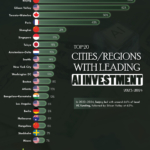



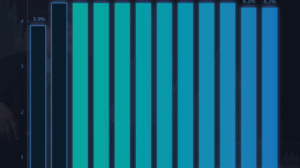
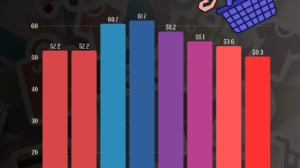
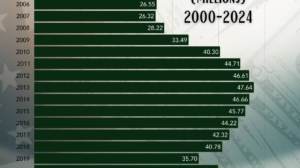

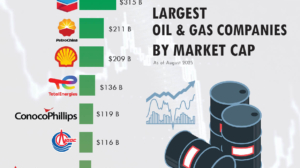
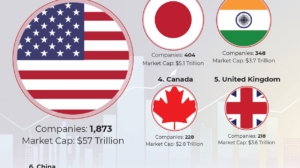
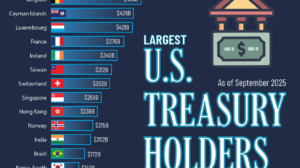
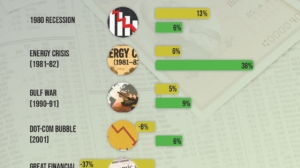
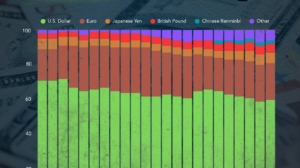

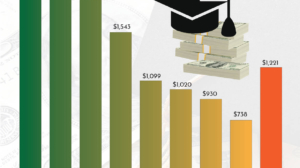
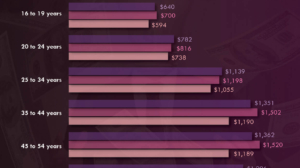
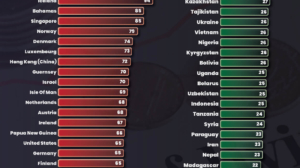
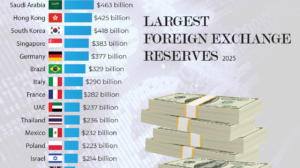
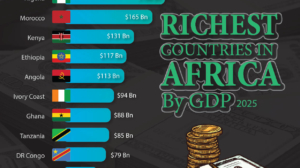

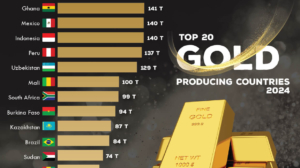
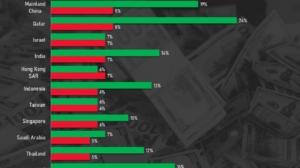
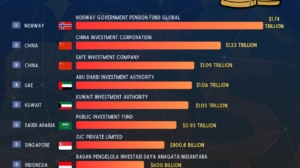
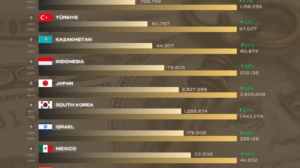
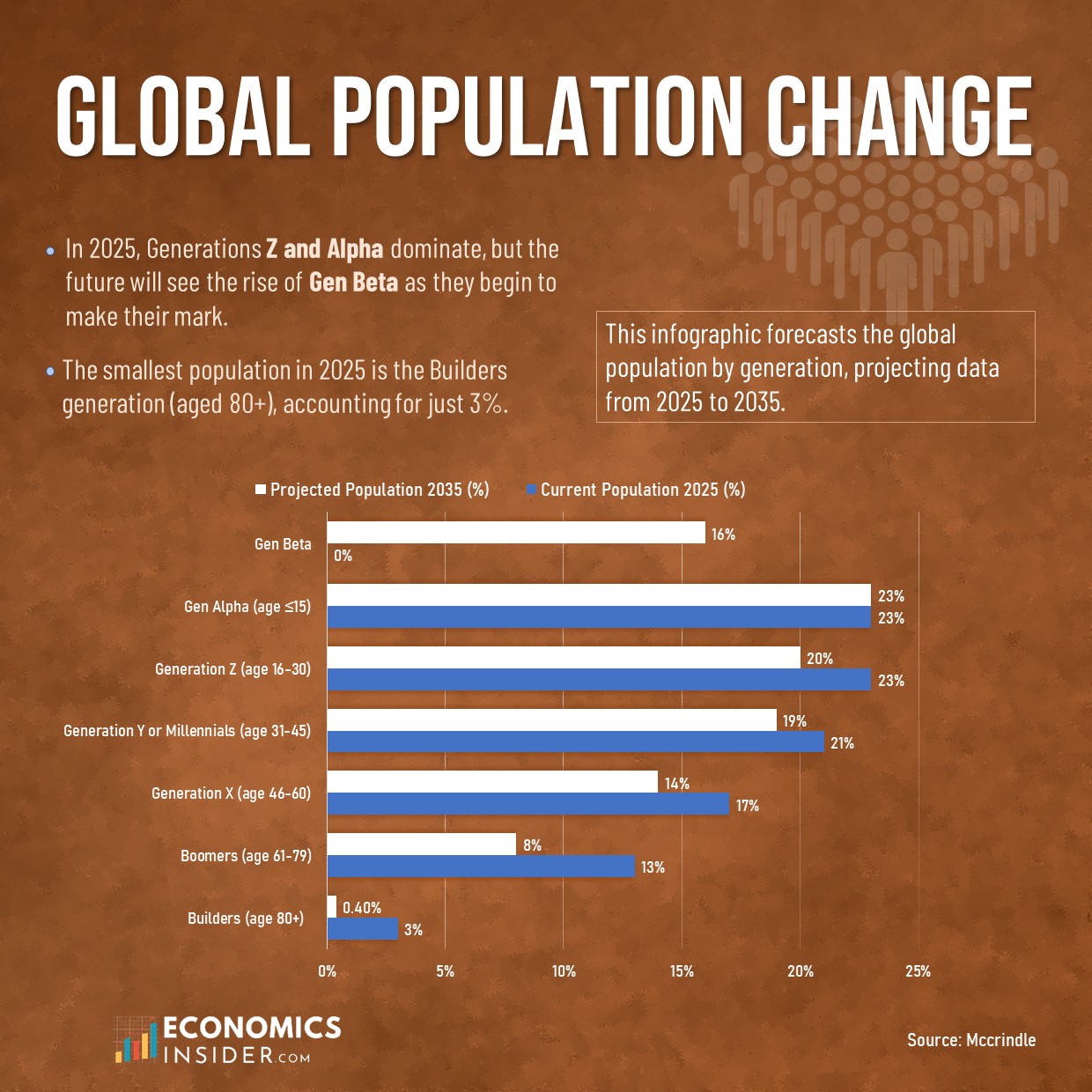
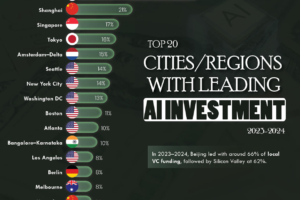










Add Comment